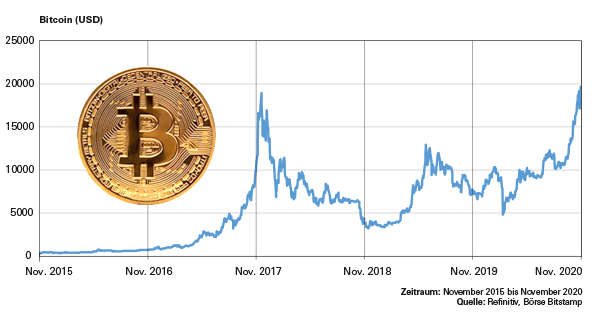The bitcoin ecosystem continues to expand with the emergence of bitcoin ATMs, which are quickly gaining traction
The advent of bitcoin ATMs dates back to 2011 when the Harvey brothers decided to build something new to make up for their crumbling vintage guitar business. Zach and Josh Harvey were fascinated by the concept of virtual currencies – especially bitcoin – and wanted to make the currency more accessible.
To address the issue of buying the virtual currency, the Harvey brothers built a machine that could “dispense” bitcoins in exchange for cash. Their experiment grew to become Lamassu Bitcoin Ventures, the world’s largest bitcoin ATM manufacturer in terms of deployment. Besides these ATMs, there are several other platforms like torque traders that can help you buy or trade bitcoins.
Robocoin is another bitcoin ATM manufacturer, whose ATM machines are used for commercial purposes. Robocoin’s ATM was first installed in a coffee house in Vancouver in October last year. The Las Vegas-based Robocoin received an overwhelming response, breaking even in its first 17 days, and netting more than a million Canadian dollars within a month.

This marked the beginning of a bitcoin ATM gold rush. Initially, Lamassu and Robocoin, despite the differences in their machines, were the only dominant players in the bitcoin ATM market. Robocoin has large machines, each costing $15,000, and allow two-way transactions between bitcoin and cash. Lamassu machines, on the other hand, cost $6,500 and only allow bitcoin withdrawal in exchange for cash.
Robocoin machines have another small limitation; they only allow customers to conduct transactions using the Bitstamp exchange while charging them a 1% transaction fee. Lamassu’s ATMs have no such charges and customers can also use the exchange of their choice.
Both these companies had to face their own set of obstacles before achieving success. Robocoin’s customers were furious when one of its ATMs failed to process payments because of a problem with Bitstamp. Lamassu had to face competition from its own customer, Tim Schuurman, who after buying an ATM from Lamassu, built his own open-source bitcoin ATM, forming a startup called Skyhook. Skyhook now controls seven percent of the bitcoin ATM market.
Despite their market penetration, some emerging players are starting to make their mark on the multi-billion dollar ATM industry, giving the market leaders a run for their money. According to Retail Banking Research (RBR), there are around 2.6 million ATMs operating throughout the world, and their demand has been increasing rapidly, especially in Asia. India, for instance, increased its ATM machine installation by 44% in 2012 alone, according to findings by RBR.

Pizza Faucet: Bitcoin Every Hour
The revenue of traditional ATM manufacturers is an indication of the massive potential of the bitcoin ATM market. NCR Corporation (NCR) has the largest share of the traditional ATM manufacturing market. According to RBR, it has a global installed base share of 30%, with revenues of over $3.1 billion from its financial services segment, comprising ATM hardware, software, and installations.
Diebold Inc (DBD), another Ohio-based ATM manufacturer, reported revenues of $2.3 billion last year from its ATM business. Both NCR and Diebold employ around 45,300 employees around the world.
BitAccess and Skyhook are some of the new entrants that have the potential to become market leaders in the coming years. According to one of the co-founders of BitAccess, Haseeb Awan, traditional ATMs are in danger now as bitcoin ATMs enable people to conduct larger transactions with negligible fees. BitAccess has 46 ATMs currently installed and aims to lure customers away from traditional machines through its services.
According to Datawrapper research, Lamassu leads the bitcoin ATM industry with 80 units deployed, followed by 46 from BitAccess, 39 by Robocoin, and 31 by Skyhook. As companies struggle to capture the bitcoin ATM market, the appeal of bitcoins also continues to grow.